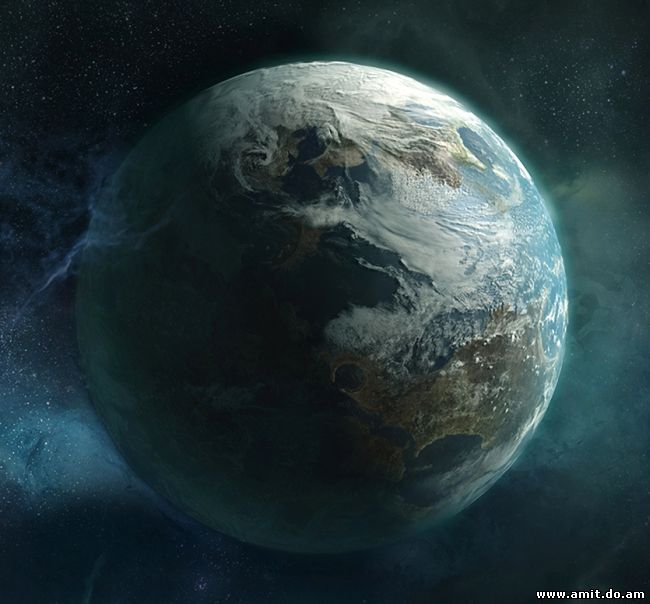For starters, it’s not found on Earth but in a far away system
orbiting a star. See, the Super-Earth is a category of rocky planet
within a ‘habitable zone’ where proximity determines whether water
deposits may or may not exist. A super-earth is also much larger than
our Earth (hence ‘super’), having heftier mass as a result. Not
surprising, since water is oh so essential to supporting life. The
picture down south? Not a Super-Earth. In case you didn’t recognize it
that’s Reach from the Halo universe before the Covenant laid waste to
it. A stand in if you will.

Even if space programs around the world are currently cash-strapped
and long term mission-less, that doesn’t mean the scientific community
are resting on their laurels. The ESO in particular have
been obsessing over distant worlds via their awesome HARPS spectograph
atop the frigid mountains of Chile. ESO? HARPS? Respectively, European
Southern Observatory. Their instrument is the High Accuracy Radial
velocity Planet Searcher.
Mind you, HARPS isn’t your average giant telescope. it’s only 11 feet
long, give or take a few inches and measures Doppler shifts
to determine the location of planets. So far it has tagged 50
interesting worlds and among the 50, 16 are runners up for genuine
Super-Earth status. But the real media darling at the moment is the
mysterious H 85512 b. Remember it. Your descendants might be flying to
dear old H 85512 b sometime. It’s allegedly heavier than the earth and
has a rocky surface. Water? Not sure yet.
Mucho excellente! A video to help explain matters:
|